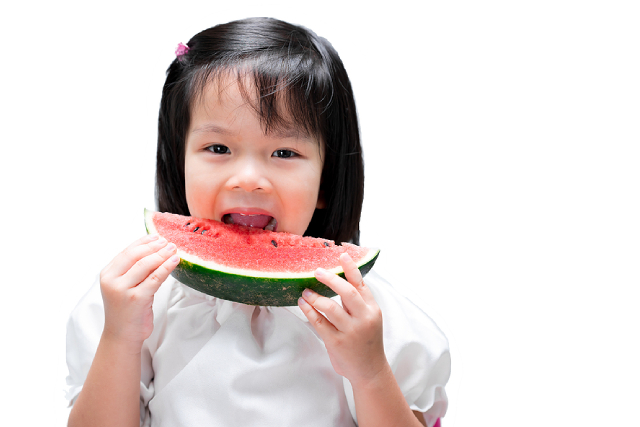The Korean language is incredibly well-constructed, with a rich and intricate history. It’s no surprise that so many people are itching to learn the language. But did you know there are more ways than one to learn Korean? Resources like music and even nursery rhymes can be employed to make your learning journey that much simpler and more enjoyable. So, if you feel like you’re struggling to pick up some of the finer details of the language, why not revert to your inner child and learn it through the popular nursery rhymes we compiled for you?
Nursery rhymes are more than just songs – they’re a part of Korean culture. They’re universally known and loved, and now you can learn them too! So, get your mics out and get ready to sing along to these fun, lively tunes.
1. Arirang (아리랑)
The song “Arirang” has been referred to as Korea’s unofficial national anthem. This popular folk ballad is about a woman who laments the lack of emotion shown by her beloved. She loves him, but much to her chagrin, he flees. It is widely regarded as a metaphor for Korean resistance to Japanese authority. A part of this song’s appeal is the joys and tragedies of the Korean people portrayed in the song.
Being so well-known, “Arirang” is essential to understand. The song not only has cultural significance but also provides you with helpful vocabulary.
2. Three bears (곰 세 마리)
“Three Bears” is a beloved contemporary children’s song in Korea. This song is relatively easy to understand and incredibly lovely. Furthermore, despite its simplicity, it serves as an excellent example of how a moving story may be told without using a sophisticated vocabulary.
The song narrates the tale of a bear family. Each has a distinct personality and appearance. The bears coexist peacefully in their home, which is home to Baby Bear, Papa, a large, chubby bear, and Mama, a slender bear.
“Three Bears” is the ideal Korean song if you want to learn how to sing it easily. It will assist you in learning the essentials of Korean sentence structure, such as word order and vocabulary with key and root words. It’s also a fun way to learn numbers and the units in the Korean counting system, as well as idioms and words that define how a family or individual looks.
3. The Story of Kap Do-li and Kap Soo-ni (갑돌이와 갑순이)
This Korean folk ballad is a well-known example of a traditional romance in the nation. The song tells the tale of “Kap Soo-ni,” a young woman, and “Kap Do-li,” her lover. Even though they fell for each other, they never communicated their sentiments to one another, wedding other people instead.
This song is a fantastic resource for learning the reported speech form in Korean. The narrator discusses what he hears rather than just recounting the story. Each sentence has indirect speech patterns and finishes as a result of how accurately and movingly he narrates the story.
The song contains a lot of action verbs as well. You can speak like a Korean native with ease if you use the idioms that these sentences produce.
4. Mountain Bunny (산토끼)
Mountain bunny is of the most popular children’s songs in Korea, with the lyrics being well-known to all. The song tells the story of a mountain rabbit’s journey to obtain sustenance. Learners of the Korean language can benefit from “Mountain Bunny” by learning vocabulary and onomatopoeic expressions (words that sound like sounds). Its catchy music makes it a simple Korean song to sing.
Conclusion
Songs for young children are a great way to learn Korean because they are simple to follow and sing. Additionally, because the majority of Koreans are familiar with the lyrics, they are culturally significant. But to successfully learn Korean, you’ll need more than just a fun resource. Fortunately, Sejong Language School provides Korean language courses that are incredibly high quality and helpful for those hoping to learn to speak the language like a native. Contact us today to learn more.


